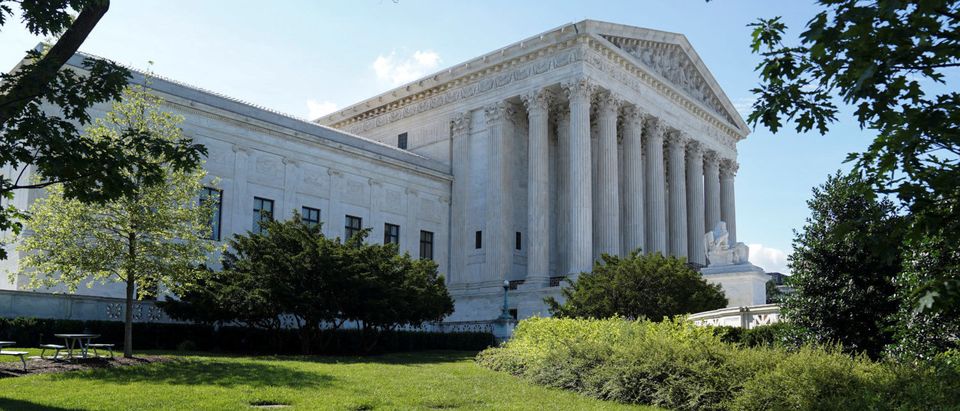President Donald Trump’s timeline for selecting Justice Anthony Kennedy’s replacement on the Supreme Court likely ensures his nominee will be installed before the high court convenes for its next term.
The justices typically adjourn for the summer in late June, and return to Washington for the start of a new term on the first Monday of October. At the pace set by Trump, Senate Republicans, and senior administration officials, a final confirmation vote will come in mid-September.
“The process from our end should move pretty rapidly because the president has had time to consider the same list since he put it out during the campaign,” Marc Short, White House director of legislative affairs, told The Washington Post. “He had an opportunity to get to know several of these candidates much better during the last nomination battle.”
Trump confirmed Saturday that he will announce his nominee on Monday July 9, shortly before his departure on an extended trip to Europe, where he will meet with NATO chiefs, British Prime Minister Theresa May, and Russian President Vladimir Putin.
I will be making my choice for Justice of the United States Supreme Court on the first Monday after the July 4th Holiday, July 9th!
— Donald J. Trump (@realDonaldTrump) June 30, 2018
As is typical of the confirmation process, the nominee will then pay so-called courtesy calls on most senators. These meetings are private, closed-door sessions in which nominees answer questions on topics of interest to lawmakers. A late August confirmation hearing will follow, before a final floor vote in mid-September. (RELATED: Kennedy Calls It Quits: Longtime Swing Justice Hands Trump The Biggest Gift Of His Presidency)
On this time horizon, the new justice will take office before the Supreme Court returns from its summer recess.
The president has already met privately with senators from both parties essential to the confirmation process. Trump spoke Thursday with GOP Sen. Chuck Grassley of Iowa, who chairs the Senate Judiciary Committee, GOP Sens. Susan Collins of Maine and Lisa Murkowski of Alaska, moderate, pro-choice Republicans on whom women’s group are placing intense pressure, and Democratic Sens. Joe Manchin of West Virginia, Heidi Heitkamp of North Dakota, and Joe Donnelly of Indiana, who face tight reelection races in states the president carried comfortably in the 2016 election.
A lightening quick pace has another virtue — it may leave Democrats little time to develop a coherent message against the nominee, as the short time span between nomination, confirmation hearings, and the final vote leaves the opposition party scant time to synthesize potent, palatable talking points from a candidate’s lengthy written record. Democrats struggled with this dynamic during Justice Neil Gorsuch’s confirmation, as the caucus was practically directionless throughout the process.
The timeline also aligns neatly with recent Supreme Court confirmations. The time spanning from the July 9 announcement to a mid-September confirmation vote runs approximately 70 days. Justices Sonia Sotomayor, Elena Kagan, and Gorsuch took office 74 days, 89 days, and 66 days after their respective nominations.
Send tips to kevin@dailycallernewsfoundation.org.
All content created by the Daily Caller News Foundation, an independent and nonpartisan newswire service, is available without charge to any legitimate news publisher that can provide a large audience. All republished articles must include our logo, our reporter’s byline and their DCNF affiliation. For any questions about our guidelines or partnering with us, please contact licensing@dailycallernewsfoundation.org.


